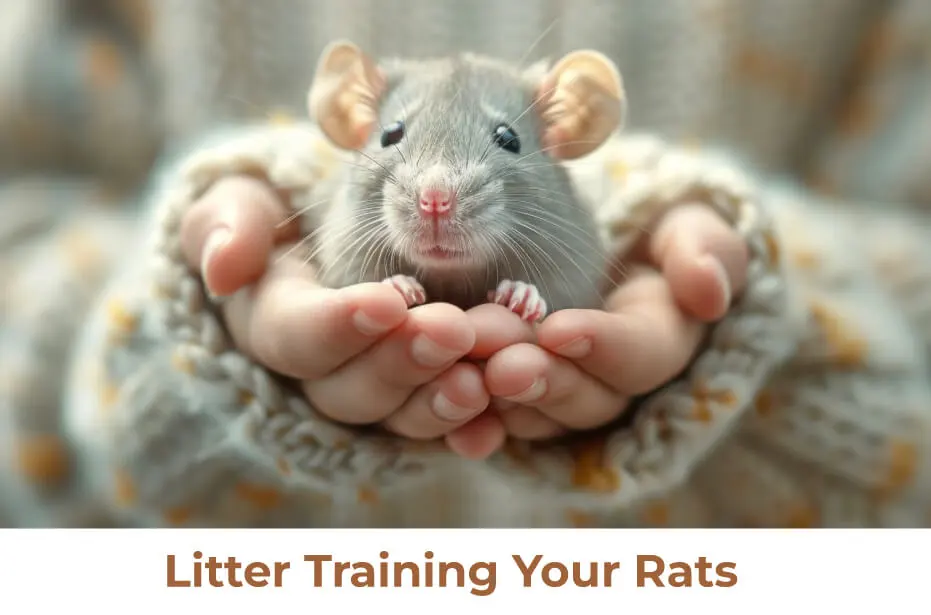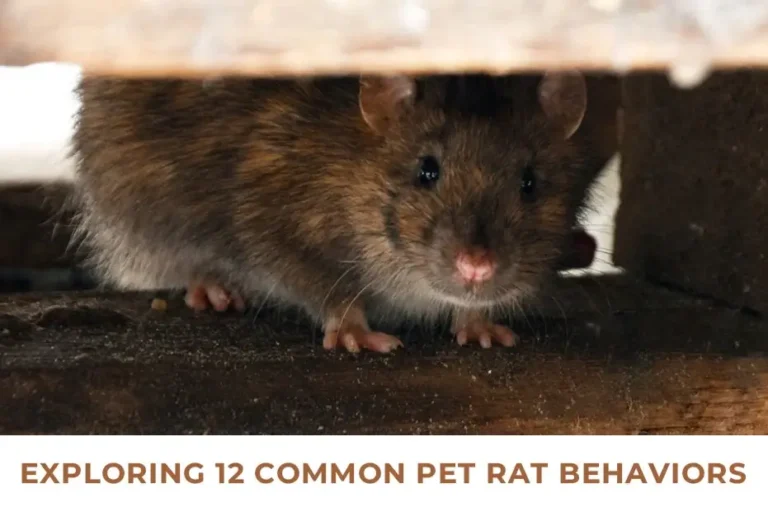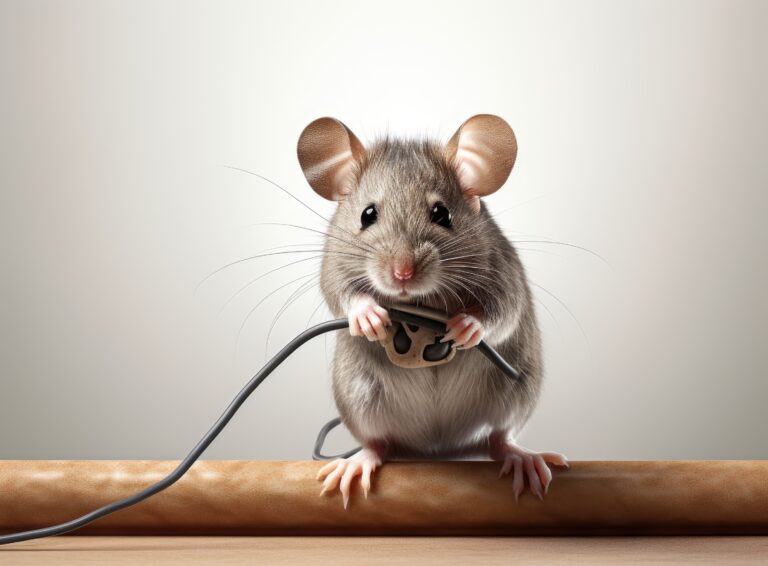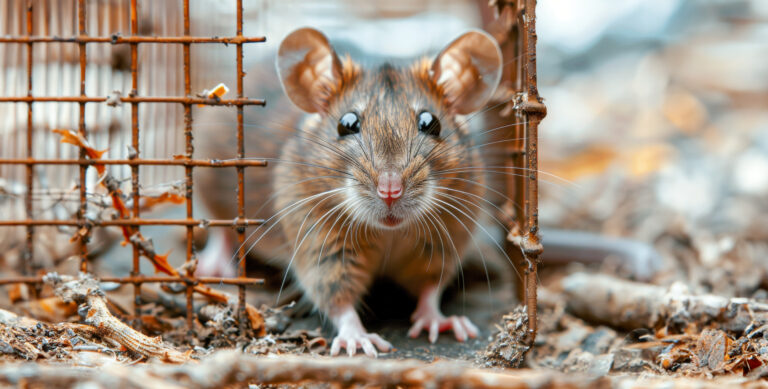Litter Training Your Rats

It is the question of most rat owners: is it possible to litter train your little fellow? The simple answer to this question is yes, it is possible. You don’t need to waste your time cleaning litter daily. Undeniably, these little pets are brilliant animals; they learn new things very quickly.
Besides this, they are clean animals and don’t like to get dirty. But sometimes, with a proper litter box area, their droppings could prevent a mess in their cage. Therefore, litter training your rats is really important. Dust-free litter has the power to absorb the foul odor from the cage. Let’s move forward and learn how you can litter-train your little fellow.
Litter Training Essentials
Below are the essentials that you will need while training them.
- First, you will need litter boxes. It depends on the cage size and how many litter trays you need. If you have a
- larger cage, you can place several trays in different places.
- Cardboard boxes can also be used to place litter trays of some specific size.
- A suitable litter should be dust-free; it will help eliminate the odor of droppings and absorb urine from the cage.
- Make sure the litter you are using is free from any dust or chemicals to ensure the health of your little fellow.
Steps To Litter Training Your Rats
With the help of this step-by-step guide, you can train your little fellow accordingly and with ease.
1. Find A Place to Put the Litter Box
There are litter boxes available in different shapes and sizes. You can buy one according to your little companion’s needs. Before buying one, ensure that your furry fellow fits in it.
You can place the boxes near the area where they sleep; it will prevent them from going far to the toilet. You can also place the boxes in every corner of the cage.
2. Use Dust-Free Litter In The Boxes
Dust-free litter should be used without any chemicals. If placed at the bottom of the boxes, an unscented litter will help eliminate unwanted odors. You will find litter made from newspaper, corn, or wood in the market. Most rat owners use them because they don’t produce any dust.

3. Place Their Droppings In The Litter Box
Before placing the boxes for droppings, it is advised to clean the cage thoroughly and ensure the removal of any odor. After placing these trays, you should place their 1-2 last droppings in them. This will help them sense the area where they last went to the toilet. The next time, they will go to the litter trays for droppings.
4. Remove Any Droppings Outside The Trays
If any of your rats drop outside their trays, the training might be affected. They are advised to remove droppings outside their trays, place them inside their boxes, and train them to go to that area.
5. Give Them A Treat When They Use LitterBox
After placing the litter trays in their cage:
- Observe their behavior.
- If they use the boxes for droppings, motivate them by cheering them up.
- Give them a treat as their reward, such as nuts, sunflower seeds, and fruits. This will make it habitual for them to use the litter trays whenever needed.
6. Clean The Litter Trays Weekly
It is advised to clean their dropping trays once a week. Remove the litter and drop it in the trash. Before placing their trays in the cage, add fresh litter to it. Ensure that there is no smell in the litter; otherwise, your little fellow could suffer from Pneumonia because of the ammonia smell coming from their droppings tray.
Is Your Rat Sleeping In Their Dropping Trays?
Don’t get worried; it sometimes happens when your little companion starts sleeping and eating in their dropping boxes. It shows they still need to be trained about using these trays. Sometimes, they find the litter trays comfortable and start sleeping in them. They sometimes begin eating and storing food in these boxes, indicating their territorial behavior. You don’t need to get worried in such a situation. Training them properly before placing their dropping trays in the cage is advised. With proper training, they will start using the best of their dropping trays.
Final Thoughts!
In summation, litter training your rats is essential to ensure the hygiene and cleaning of your little fellow and their cage. Before directly placing the boxes in their cage, train them properly and use the essentials required for training, such as litter boxes and dust- and chemical-free litter. This comprehensive guide will help you to train your little fellow.

Matthew Daviss
Explore the insightful world of rodents with our exciting articles written with expertise and passion by our rodent care specialist, Dr. Matthew Daviss.















